
3 New Major Design Details Mahindra XUV 3XO Will Pack Over...
- Apr 12, 2024
- Views : 9821


The automotive space is changing quickly with new age technologies that manufacturers are prompt to introduce in their cars, and ultimately to the consumers. With long time spent testing these technologies in labs and in the real world, car companies try to achieve 100 per cent perfection. This is usually followed by the direct or indirect marketing of that particular technology. As a result, not only these technologies, for instance, Dynamic Ride Control system, attract customer attention, but the manufacturers also are very bold in backing them.
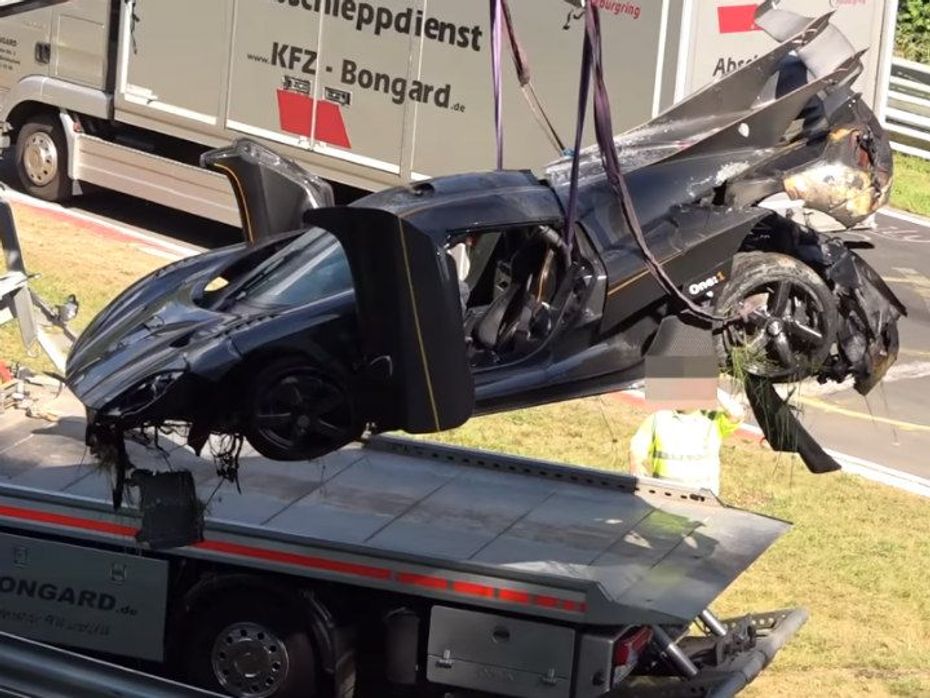
However, sometimes these technologies fail to deliver the intended result, for example, an airbag failure. But, one thing stays common: the way a manufacturer explain the failure of their product is always toned down than the actual magnitude of the problem. This is certainly to avoid the bad publicity of their products. Astonishingly, this seems to be the other way around with the Swedish hypercar manufacturer Koenigsegg.
For the uninitiated, Koenigsegg is a small hypercar outfit that was formed twenty-two years ago. However, it gained massive popularity with its high-performance cars in a very short time. But, the reason it is in the news right now is not because it’s a young company, but because of its flagship car, the One:1, that had crashed at the Nürburgring while high-speed testing. The $3.1 million (about Rs 20 crore) worth car was completely wrecked in the incident. Following which, Koenigsegg has released an exhaustive explanation of what happened to the car.
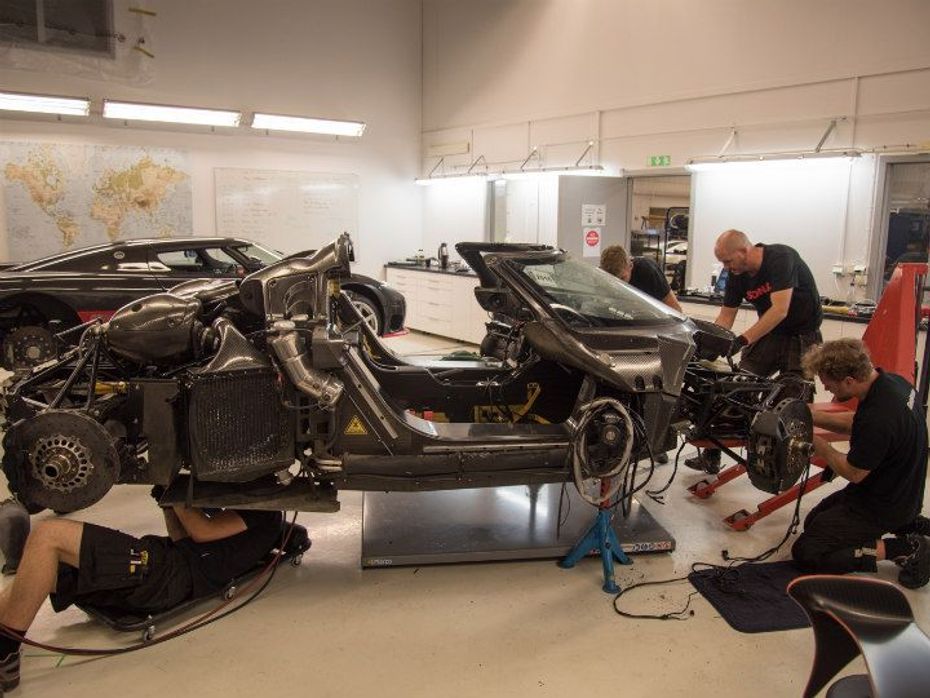
The Swedish manufacturer has openly talked about the crash and hadn’t left any detail unattended in its press release, which is seldom seen in such cases. According to the official release, the crash was caused by a faulty front left wheel ABS sensor that jammed the front wheels and thereby restricted the car to go only in a straight line towards the guarding fence. See the skid marks below from the crash site.
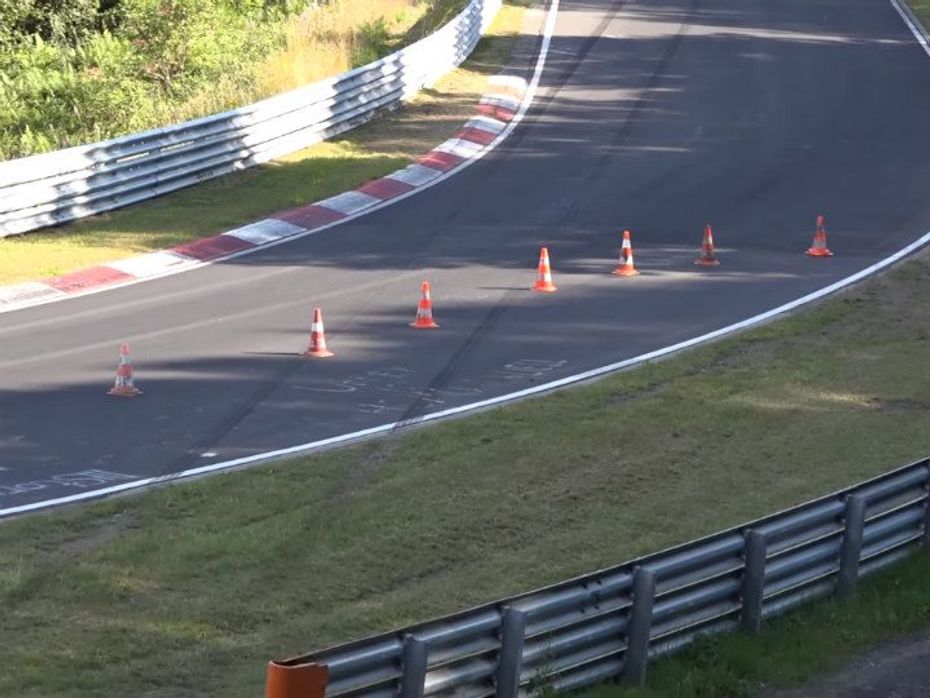
According to Koenigsegg, the One:1 was travelling at 170kmph when the wheels locked up. The car then slowed down, but still hit the track's fencing at about 110kmph, catapulting itself approximately 22 meters in the air. Upon landing, the broken rear carbon fibre body panel of the car touched the hot exhaust manifold and caught fire. The fire was eventually subjugated after the driver used the extinguisher placed inside the car.
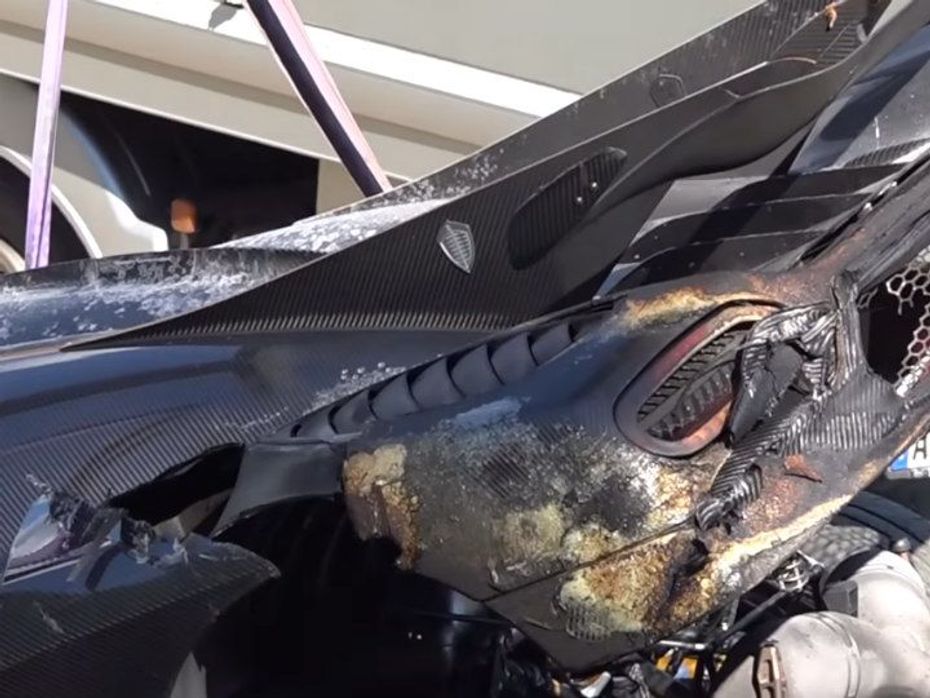
The report further explains that the ABS light did come off on the instrument panel, but as the driver was focusing on his high-speed driving he may have missed spotting the warning light. Moreover, according to the data retrieved from the car, the curve where the One:1 crashed was the first place where the driver braked hard enough to trigger the ABS system after the warning light first came off.
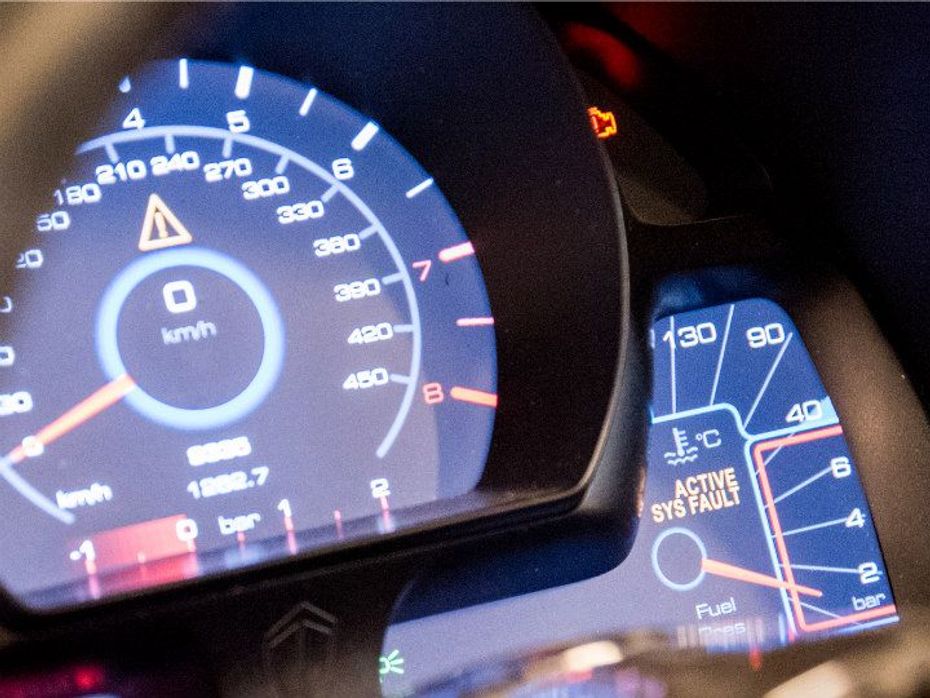
Koenigsegg also commented, “While the One:1 sustained severe damage to its exterior panels and sub-frames (front and rear), the carbon monocoque chassis and airbag restraint system performed according to design specifications and protected the driver well. Examination of the vehicle at our factory in Ängelholm shows that there were no fuel leaks, no oil leaks and no hydraulic fluid leaks whatsoever, which is positively reassuring, given the force of the impact.”
This might not look much, but believe me, a manufacturer never goes this far to explain the wrongs of its cars. Also, since Koenigsegg is not a big company, a single car crash could have adversely affected its position among car enthusiasts. But the level of transparency that the company has shown in putting forth the events involved in the crash is receiving praises from everywhere.
The manufacturer has also assured that the ABS warning signal will be integrated into the One:1’s Active System Warning regime. This system will restrict the car’s top speed to 100kmph until the problem is fixed. Koenigsegg has also assured that they will be back with the One:1 at the Nürburgring to try and break the record for the fastest road car at the track.
The incident also shows how important it is to observe the various signs that our cars give us. Most of us would ignore a simple light signal triggered on our instrument clusters. It could be an ABS light or an engine check light, but the point is to act on it and get it checked as soon as possible. This would definitely help avoid any unforeseeable danger that could risk your and your family member's safety.

3 New Major Design Details Mahindra XUV 3XO Will Pack Over...

Tata Curvv: A Much Clearer Look At Its Interior Ahead Of Its Unveiling

Citroen Basalt vs Tata Curvv: Exterior Design Compared

10 New Features Expected In The Upcoming 2024 Mahindra XUV 3XO...

The Fronx Has Been Rebadged! Meet The Toyota Urban Cruiser Taisor,...

Here’s How Fuel Efficient The 2024 Maruti Suzuki Swift Sold In...

MG Hector And Hector Plus Blackstorm Edition Launched At Rs 21.25...

Mahindra XUV300 Facelift Teased, Gets A New Name

Citroen Basalt Vision, Its SUV Coupe For India, Revealed
India's largest automotive community